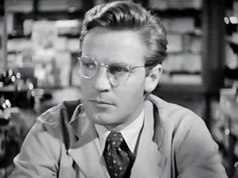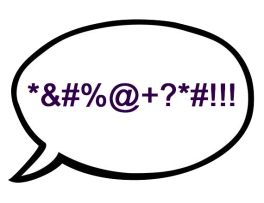Book Review
In a Lonely Place
Dorothy B. Hughes
NYRB Classics Edition, Aug. 2017 (Orig. 1947)
224 pages
$15.95 paper, $11.99 ebook Barnes and Noble
In Dorothy B. Hughes’ intense, ground breaking serial-killer novel, In a Lonely Place, Dix Steele is a scheming ex-GI psychopath. He rapes and murders young women in post-World War II Los Angeles. A 1950 Humphrey Bogart film of the same name was adapted from the book. 
Or was it?
In the film version, Bogart’s Dix Steele is an out-of-luck screen writer with a bad temper. See the resemblance? Except for the title and the name of the main characters, the film is as close to the Hughes novel as it is to Dr. Seuss.
Coincidentally perhaps, both works are engaging, well plotted and populated with memorable characters. I suggest viewing them as separate creations albeit with somewhat similar themes.
According to Wikipedia, Hughes was “not bothered by the changes” made by the film’s director Nicolas Ray and its two script writers. I’d like to know why, given the reaction so many novelists have to films that alter, over simplify and otherwise mangle their original stories. It could be that Hughes recognized a good movie, even though it was not her idea. Presumably it helped her book sales.
Here first, is a look at the novel. A movie review follows in the next blog installment.
Dix Steele is stalking a woman in the foggy Pacific Palisades of Los Angeles. His target is “more than pretty, she was nice looking, a nice girl.”
He follows her cautiously, but not too cautiously. He knows she’s heard him behind her for she quickens her pace. It’s dark. She’s alone and afraid. But he doesn’t want to catch up to her too soon. He anticipates finally reaching her when she’d “give a little scream.” Unexpectedly however, cars appear ahead, their headlights bathing Steele and the road in “blatant light” spoiling his pursuit. “Anger beat him like a drum.” Continue Reading →

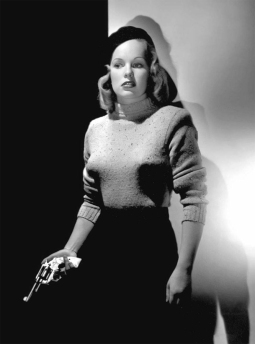
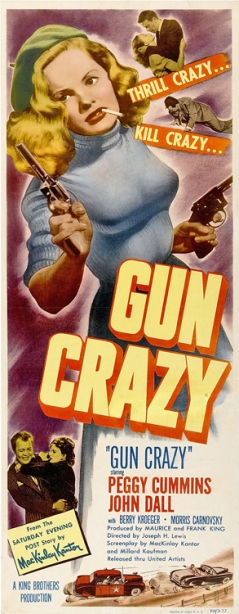 As we learn in the film’s first scene, Bart became a crack shot through years of shooting bb guns and larger weapons as a child. His obsession with guns—despite abject fear of hurting anyone or anything—leads him to steal a revolver from a store window. He’s caught and sent to reform school before joining the service.
As we learn in the film’s first scene, Bart became a crack shot through years of shooting bb guns and larger weapons as a child. His obsession with guns—despite abject fear of hurting anyone or anything—leads him to steal a revolver from a store window. He’s caught and sent to reform school before joining the service.
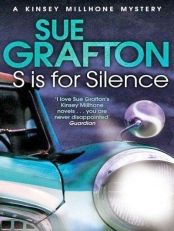
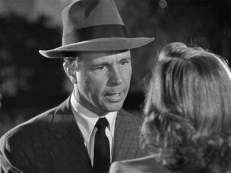
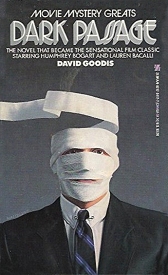 During World War II his draft board labeled him 4-F due to sinus and kidney problems. The 145-lb, five-foot-seven-inch Parry found work as a clerk in a San Francisco securities investment house, a position he took because it would permit him to smoke at work. He earned $35 a week and smoked three packs a day.
During World War II his draft board labeled him 4-F due to sinus and kidney problems. The 145-lb, five-foot-seven-inch Parry found work as a clerk in a San Francisco securities investment house, a position he took because it would permit him to smoke at work. He earned $35 a week and smoked three packs a day.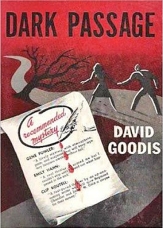 Eventually, however, he again met up with a brutal guard. During the ensuing pummeling, Parry sobbed, a reaction that would revisit him more than once in the coming weeks.
Eventually, however, he again met up with a brutal guard. During the ensuing pummeling, Parry sobbed, a reaction that would revisit him more than once in the coming weeks.
